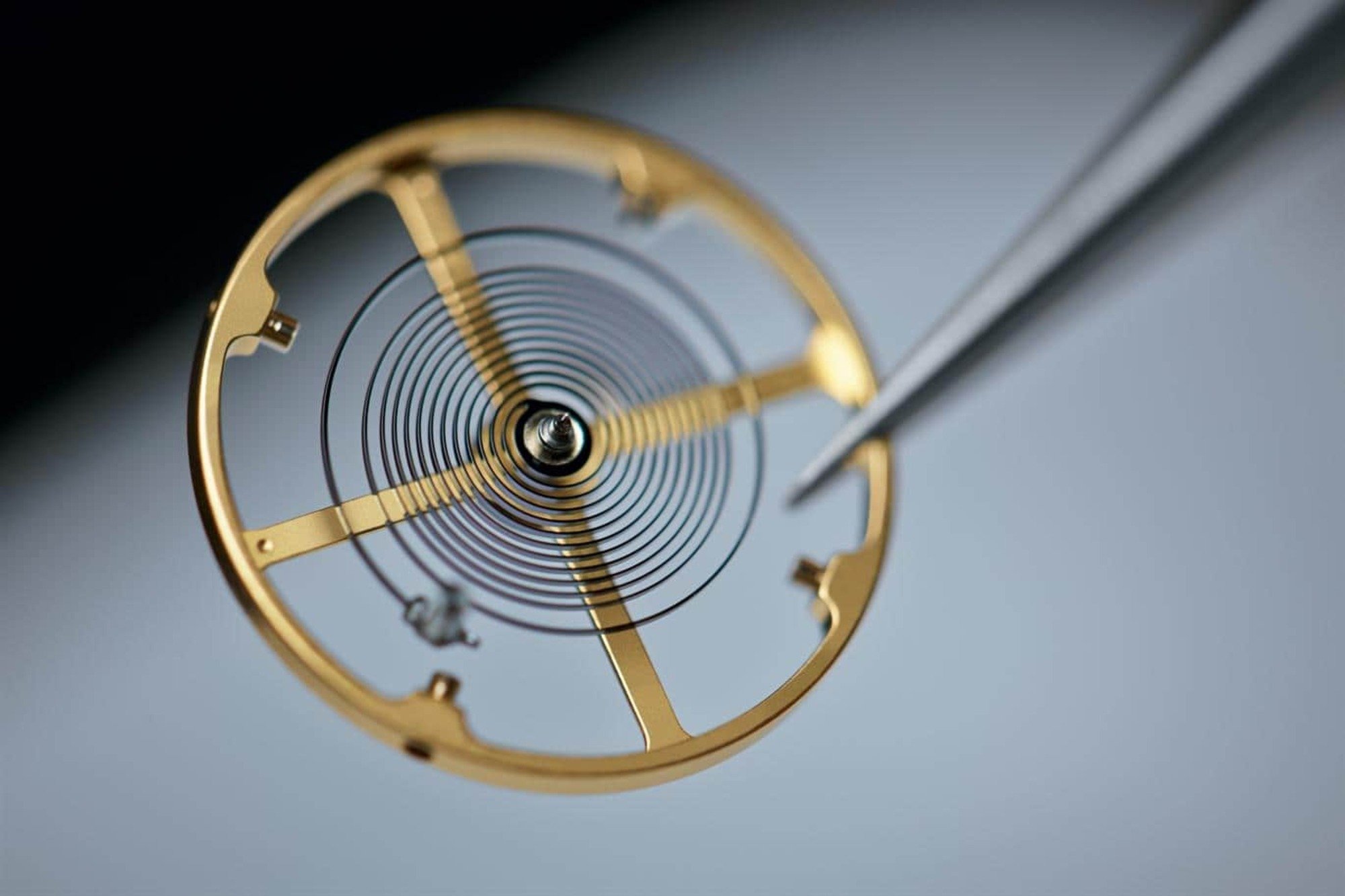BaselWorld 2015 unveiled a number of surprises from Rolex as well as its brother brand Tudor. Tudor unveiled a new watch, and a new movement inside it. One would think that a watch company unveiling a new watch is what BaselWorld is all about (and it is), but from a company that initially sold lower cost versions of their premium models, a new watch and movement from a company as storied as Rolex marks a turning point for both Rolex and Tudor. In order to understand the relevance of a new Tudor movement, one needs a little background.
Tudor was Rolex founder Hans Wilsdorf’s creation for distributing watches for the everyman. Back in 1926, Wilsdorf believed that every man should have access to a good wristwatch. Realizing that many people could not afford a Rolex, Wilsdorf created Tudor, citing a clear reference to the Tudor reign of England in 13th through 15th century complete with a Tudor shield and rose as the brand’s logo. Tudor watches were, and still are sold through Authorized Rolex Dealers at a more modest price compared to Rolex, yet have the same “standard for dependability for which Rolex is famous.
Wilsdorf manufactured the Tudor watches at a lower price point by utilizing Rolex’s production facility and suppliers for the case, dial, and strap materials and utilized reliable movements from Valjoux and ETA. Much of the watch production cost lies in movement design and assembly, which Rolex essentially contracted out by utilizing non-Rolex movements, – a practice still very prevalent in the Swiss watch industry today. Going back to the pocket watch days at the turn of the 20th Century where the case, movement, and watchmaker might be from three different brands, there are many Swiss brands today that utilize movements from other off-brand companies. The practice is so prevalent in Switzerland, that the primary movement manufacturer ETA (owned by the Swatch Group) is restricting movements to other companies because the practice borders on an industry monopoly.
Fast forward to 2015 and the context for Rolex / Tudor manufacturing its own movement makes sense on a number of fronts. Firstly, Tudor watches utilize Swatch Group’s ETA movements that are slowly being restricted and numerous manufacturers are migrating to sourcing from other companies, or creating their own movement. Secondly, the definition of a true watch company includes manufacturing its own movement, not resell another companies movement under its own hood (reminiscent of Mazda pickups being sold with Ford Ranger motors). Thirdly, Tudor is seen as Rolex’s wacky sister, utilizing its own style and design ethos not directly associated with the Rolex family allowing technical advancements that might seem risky for a company that is the pinnacle of the watch industry. Tudor unveiled an alarm wristwatch in 1957 that was never seen in the Rolex lineup, and now Tudor utilizes titanium cases, interchangeable cloth straps, and case designs not found in Rolex model offerings.

Which brings us to Tudor’s new MT5612 movement. Just as how Tudor’s latest watch designs have broken away from Rolex’s smooth predictable lines, their watch movement has as well. The MT5612 movement is a reliable 4htz, 28,800 beats per second Swiss lever movement design that has proven itself to be ever reliable. The MT5612 utilizes a free-sprung (variable inertia as Tudor calls it) balance wheel, and full balance bridge. This setup is harder to adjust than a balance-cock, regulated movement found in most other watches, but a full bridge and free-sprung balance are more accurate and precise, allowing the MT5612 to pass COSC’s chronometer certification like its brethren Rolex movements. Unlike its older brother Rolex (with the exception of the new Day-Date and Lady DateJust), the MT5612 balance incorporates a silicon balance spring making it impervious to shock and magnetism. Silicon balance springs are only found in high end Patek Philippe, Ulysse Nardin, Omega, Rolex Day-Date and now on Tudor. These design improvements contribute to the MT5612’s 70 hour power reserve, much more than the traditional 48 hour reserve found on the Rolex line.
It’s obvious that Tudor does not see this movement in only one watch, but rather in the entire line. The Tudor MT5612 debuted in Tudor model North Flag, and replaced the ETA movement in the 2015 Tudor Pelagos. A Tudor manufactured movement marks a turning point in the Tudor line-up. Keep in touch with Fourtané to see one in person as these watches will be fast sellers.
– Sheldon Smith

